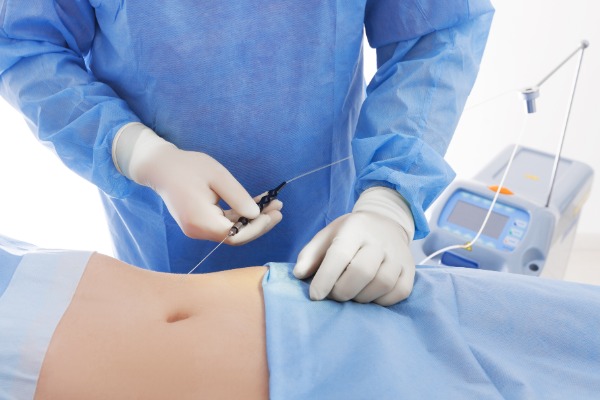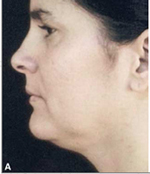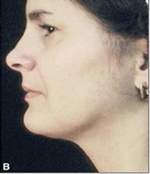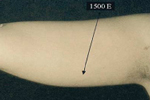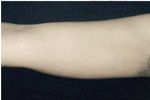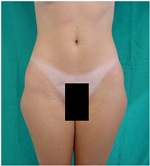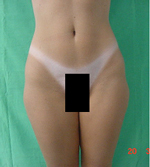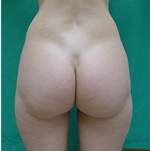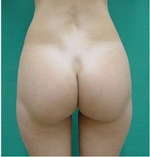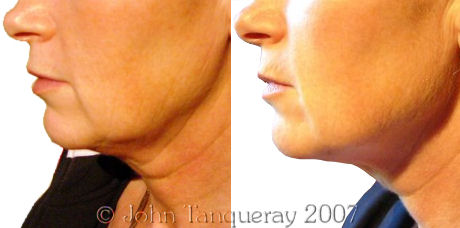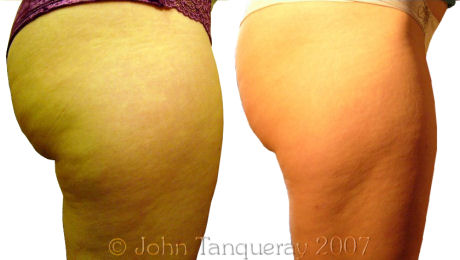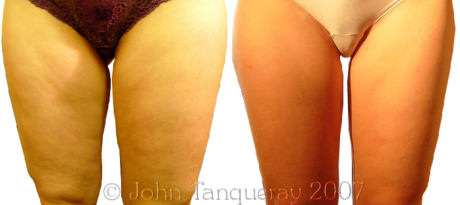Careful discussions regarding your reasons for wanting treatment are very important before you undertake any procedure. You must also make sure that this treatment can deliver what you want and how you would like to look afterwards. Your practitioner should be able to answer all these questions.
A medical history should also be taken to make sure that there are no reasons why you shouldn’t undertake treatment. You may be asked to read detailed information and sign a consent form which means that you have understood the potential benefits and risks associated with the procedure.
Photographs may also be taken by the practitioner for a "before and after" comparison at a later date.
Anaesthesia
A local anaesthesia will be used in the area to be treated before commencing; therefore you will remain comfortable and awake throughout the procedure.
The procedure
A very thin cannula (1mm wide hollow metal tube) is pushed through a small incision in the skin. The laser probe is introduced into the cannula and laser light is then pulsed into the fatty tissue where the fat cells are transformed into an oily sludge-like substance or "debris” which is eventually eliminated by the body. Increasingly practitioners are offering aspiration or suction of the released fat after the laser lipolysis procedure to speed up and enhance results achieved with this procedure.
The length of the treatment depends on how many areas you’re having treated, and whether or not suction is included - but generally the procedure takes between one and two hours.
Repeat Treatments
More often than not, one treatment session per area is considered to be enough, however it all depends on the amount of fat to be removed, and if it is felt that the final result (after 4 – 6 months) needs improving on or not.
On average a total of 500mls (about the size of a can of coke) can be realistically removed in one treatment session.
Results
The results are seen gradually over a number of weeks, though it may take up to six months for the maximum effects to be seen. This is because your body continues to process and naturally remove any released fat remaining from the procedure until none is left. However, right from day one most people can feel the treated area(s) as already having less fat when squeezed between the fingers.
In addition, because the laser releases heat when it is fired, it results in gradual skin contraction in the treated area, so you are not left with loose skin once the fat has disappeared.
In general laser lipolysis is only recommended for the removal of up to 500mls of fat - hence it tends not to be as effective as liposuction where larger areas - ie 1 litre or more - can be removed in one procedure. However, it is possible to undergo multiple procedures using laser lipolysis (every 6 months or so) in order to remove fat from different areas or enhance the results in previously treated parts of the body.
